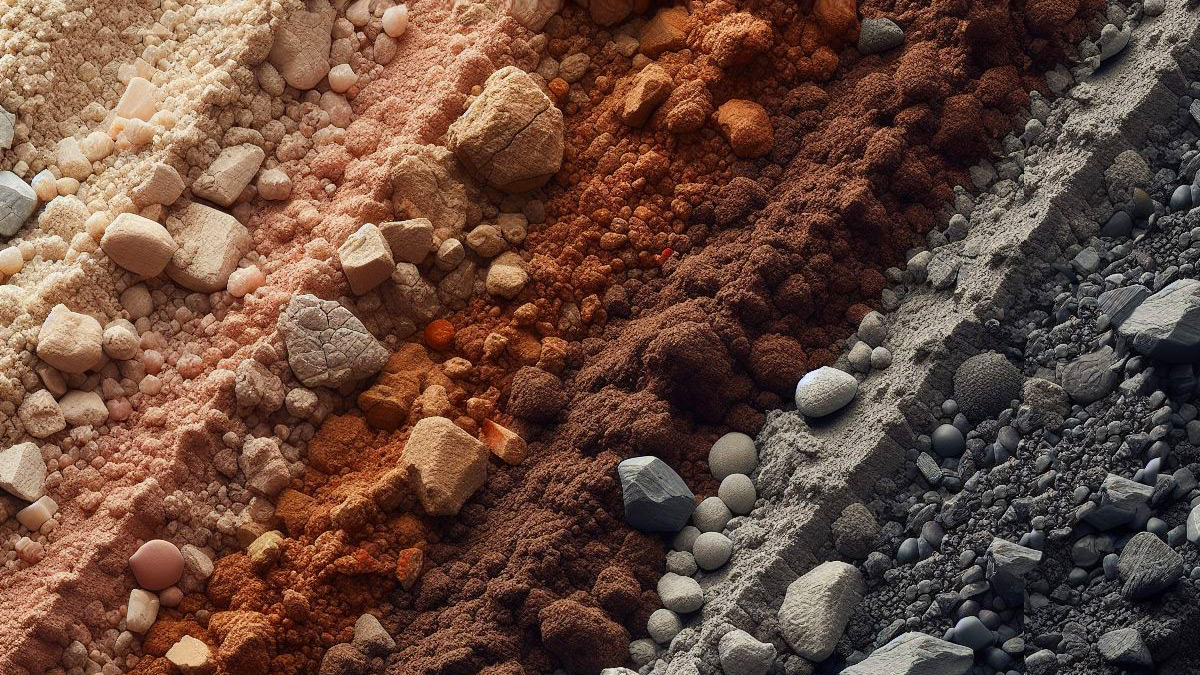
Region
Napa Valley
Terroir
The Unique Terroir of Napa Valley
A combination of all natural elements in the environment in which a wine is grown, “terroir” speaks to climate, soil and topography. Some say it defines the heart of a region.
Climate
- Napa Valley benefits from a Mediterranean climate, characterized by warm, dry summers and mild, wet winters. This climate is ideal for grape cultivation, allowing for optimal ripening during the growing season while minimizing the risk of diseases.

Geography
- The valley is surrounded by mountain ranges, including the Vaca Range to the east and the Mayacamas Mountains to the west. These mountains provide protection from harsh weather elements while also creating diverse microclimates within the valley. The varied topography contributes to the creation of distinct terroirs, allowing for the cultivation of a wide range of grape varieties.

Soil Diversity
- Napa Valley boasts a diverse range of soils, including volcanic, alluvial, sedimentary, and marine deposits. Each soil type imparts unique characteristics to the grapes, influencing flavor profiles and overall wine quality. Winemakers often capitalize on this diversity by matching grape varieties to specific soil types to enhance complexity and depth in our wines.

Sun Exposure
- The valley's geography allows for ample sun exposure, crucial for grape ripening and flavor development. However, the diurnal temperature variation, with cool nights and warm days, helps grapes retain acidity, resulting in balanced wines with vibrant flavors.


06
Articles & Media Gallery
